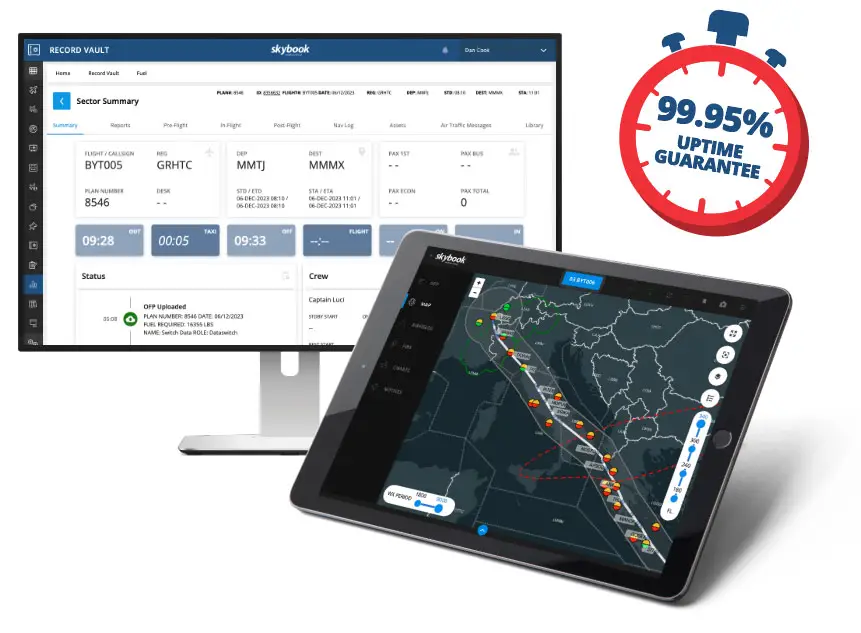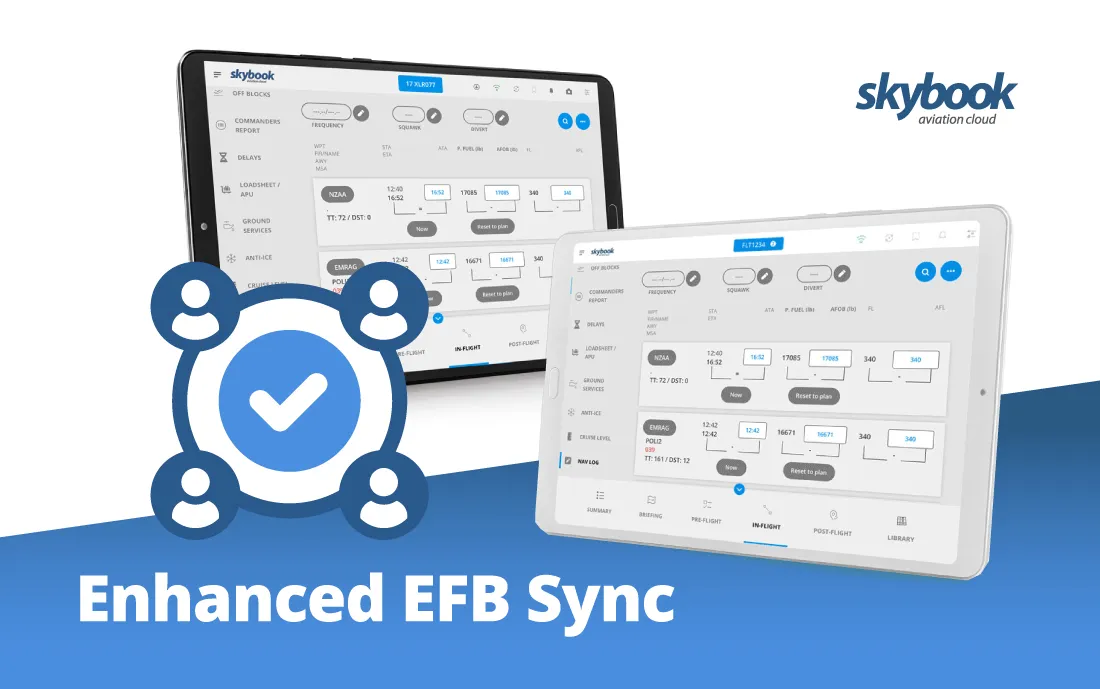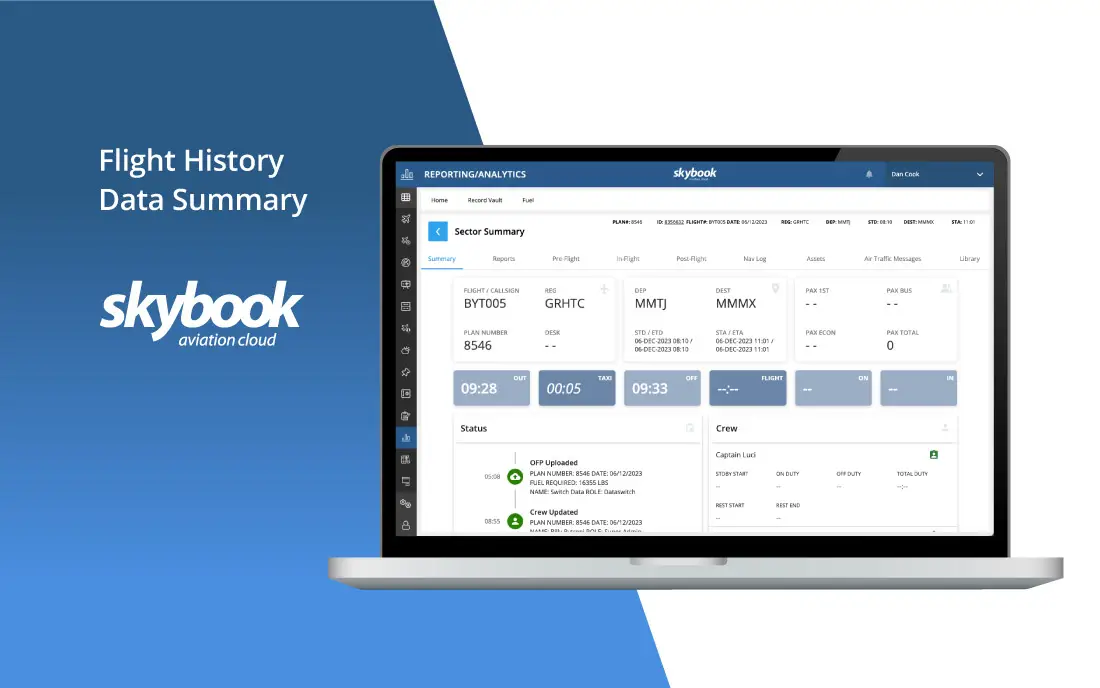
NOTAM overload and how to fix it
These days, Electronic Flight Bags (EFBs) are a must-have in modern flight operations, ditching the old paper documents and streamlining the entire workflow.
But having an EFB is just the start…
To really get the most out of it, smart data management is key.
Let’s explore some best practices to help you make the most of your EFB usage.
Protecting sensitive flight data is paramount, Let’s make sure only the right people have access.
Ensure that your EFB applications and system has strong security protocols in place, including encryption and access controls.
Regularly update software to patch vulnerabilities and prevent unauthorised access.
Data loss can disrupt operations but is avoidable with the right backup strategy!
Ensure your electronic flight bag provider has a routine backup schedule established for all EFB data and a reliable software uptime, so that information can be restored promptly in case of device failure or data corruption.
Utilise cloud storage solutions where feasible to facilitate seamless data recovery.

Outdated or inaccurate data puts flight safety at risk. Is your EFB solution fully integrated with all your flight data sources?
Regularly verify that all the briefing charts, manuals, and other critical information are up-to-date.
Implement automated update systems to minimise manual errors and ensure consistency across all devices.
To keep things running smoothly, develop comprehensive Standard Operating Procedures (SOPs) for EFB usage, covering aspects such as data entry, device handling, and emergency protocols.
Consistent procedures help in maintaining uniformity and reducing the risk of errors, and this also supports with the EFB approval process.
Ensure your flight crews and support teams receive thorough training on EFB operations.
This should be overseen by a dedicated EFB manager or admin, and backed by your EFB software provider, who can offer tailored training options to fit your operational needs.
Training should cover device functionalities, data management practices, and troubleshooting techniques to ensure proficient use.
EFB technology and aviation regulations are continually evolving.
Regularly revisit and refresh your EFB policies and procedures to stay aligned with evolving industry standards, technology and software updates.
Your EFB provider should also follow a well-structured, customer-focused release roadmap throughout the year.
Seamless data synchronisation ensures operational continuity and accuracy across devices and flight operations teams.
Implementing an EFB app that provides real-time or scheduled syncing between pilot devices and the connected ground system.
This keeps dispatchers and flight ops aligned with up-to-date sector updates.
Efficient post-flight data storage is critical for compliance and analysis.
A centralised solution like skybook ensures all journey logs, operational insights, and performance data are securely stored and accessible when needed via the Record Vault.
With capabilities to edit incorrect flight times and fuel data by admin users if needed, including a full audit trail.
This supports more efficient post-flight reviews, enhances maintenance planning, and strengthens audit preparedness.

By adhering to these best practices, airlines can enhance the efficiency, safety and reliability of flight operations through effective EFB data management.
Remember, the goal is not just to digitise but to optimise every aspect of flight data handling…
Be sure to also check out our Best Practices for Post-flight Reporting!
For more insights on EFB solutions and flight data management, be sure to learn more about skybook. Got more questions? Head over to our FAQ page for all the answers.